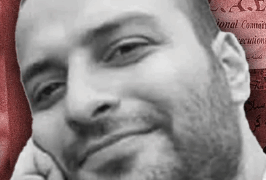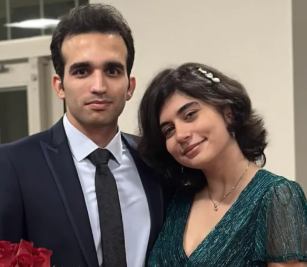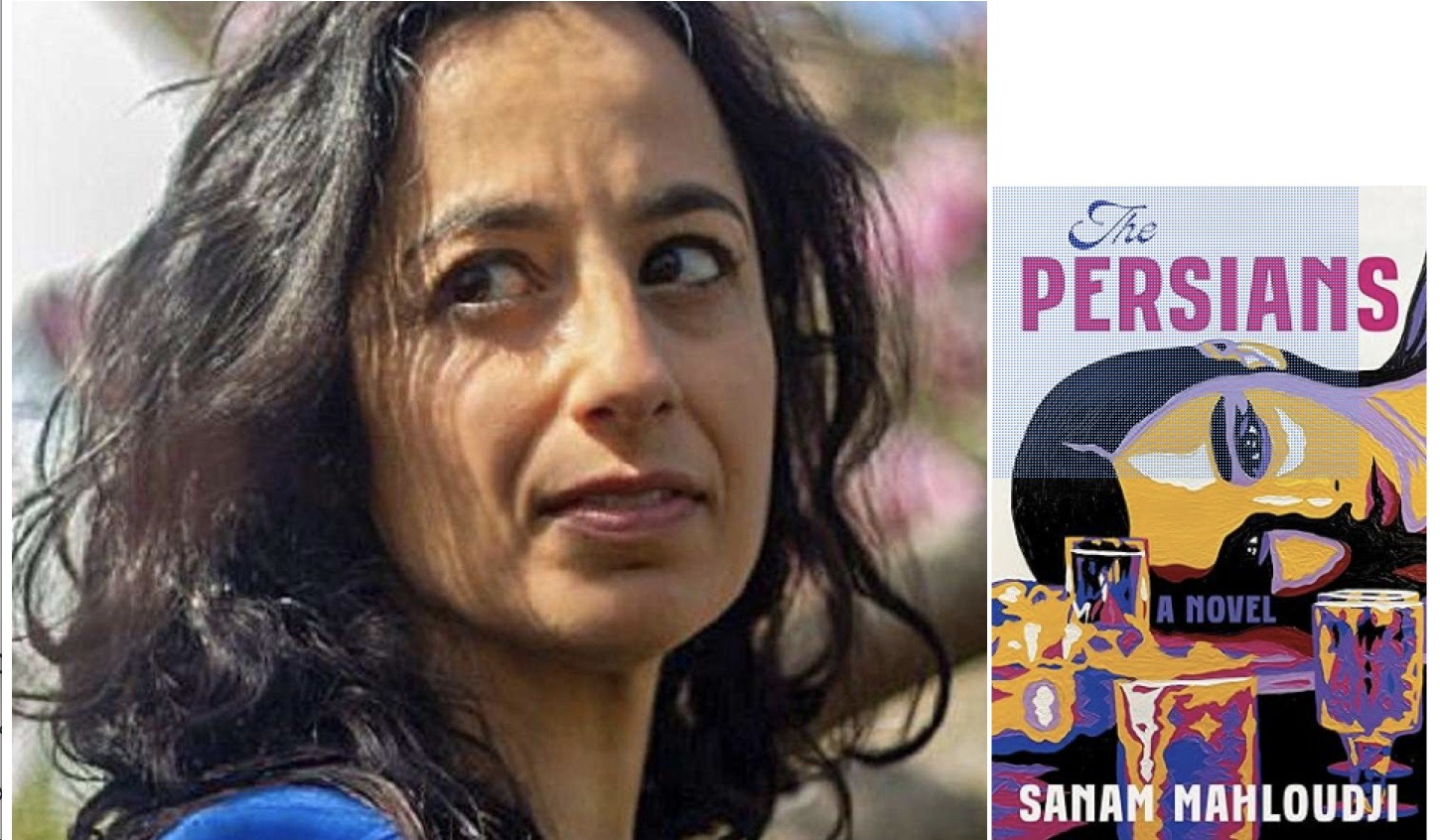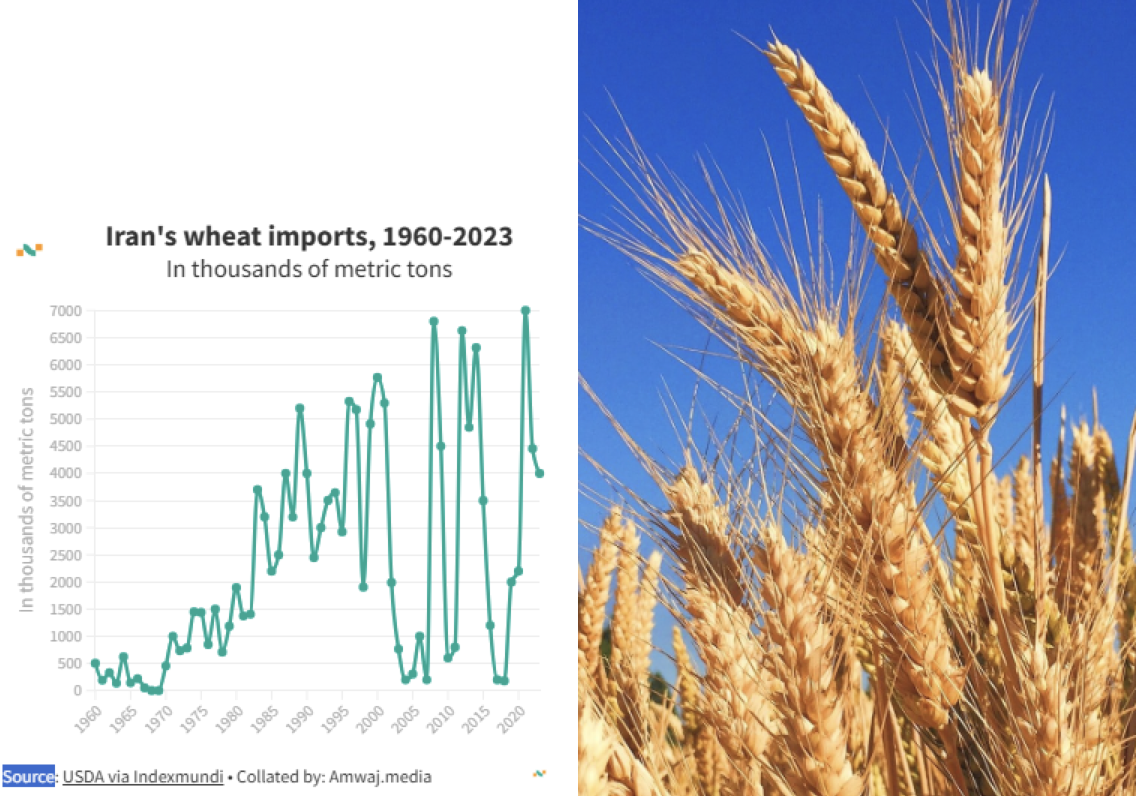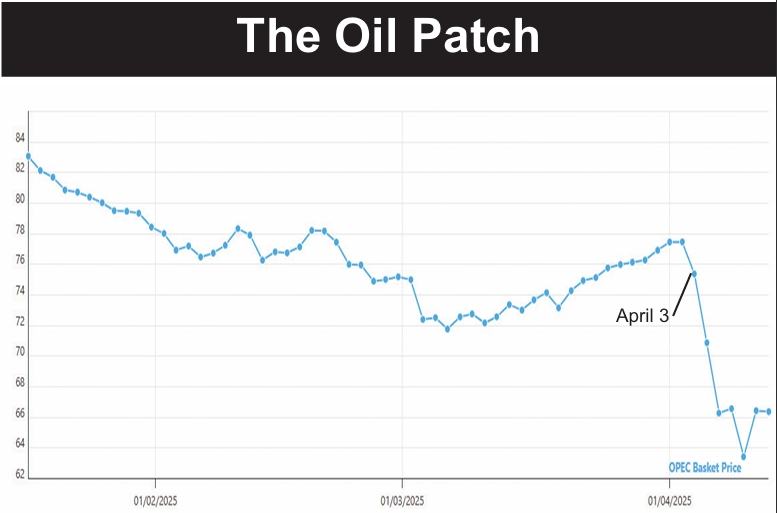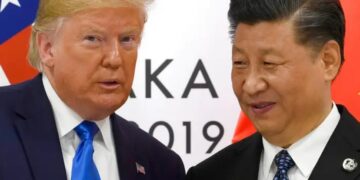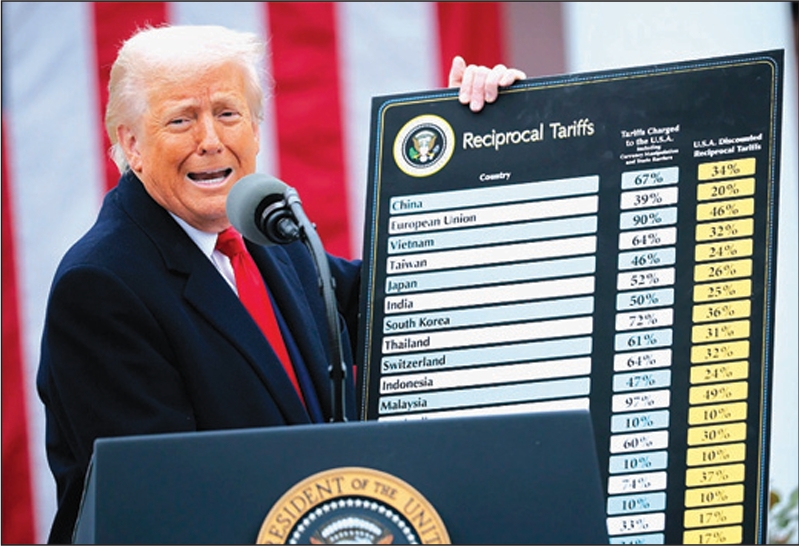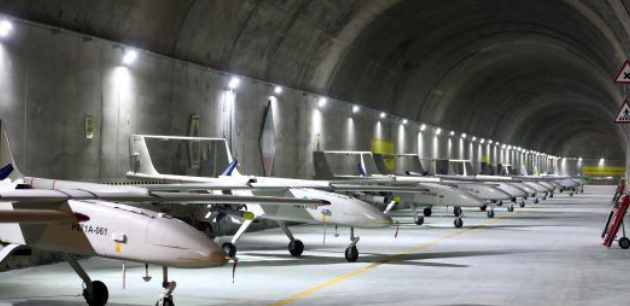————-
This book represents an ambitious scholarly project on the recent development and evolution of political Islam in two major Muslim countries, Iran and Turkey. The author seeks to analyze the Islamic reformist movement in Iran and the Justice and Development Party in Turkey and to critically examine a dominant political science theory, the so-called moderation theory, to explain the evolution of radical Islamists into political reformers.
Tezcur goes beyond the simplified and popular interpretation of these reformist movements as disillusioned Islamist radicals embracing western liberalism. He seems to suggest that the Islamic reformists are potentially agents for democratic change in these two Islamic societies and that they should be understood and explained as pragmatic reformers and not ideologues. He also seems to suggest that if the Islamic reformers were to pay more serious attention to building and developing democratic institutions in their respective societies, they would become real agents of change and democratization.
Most of the book is concerned with a “…group of political elites who formed powerful organizations, occupied key governmental positions, and articulated visions of the common good that often put them at odds with the non-elected guardians, who command considerable political power.”
The author explores two important sets of questions in this context. First, why is it that the two major reform movements in the Islamic world took place in Iran and Turkey? Why in two countries with distinct and clear historical, political, and cultural differences? Secondly, “why did the evolution of Iranian and Turkish Muslim reformers follow a similar trajectory?”
Of course, one can argue that Iran and Turkey have had very similar historical predicaments in the recent past. Ataturk’s secularization program for Turkey and Reza Shah’s modernization plan share similar visions for their respective societies. Iran and Turkey also have similar sociological and class structures. It can also be argued that the Iranian and Turkish reformers do have certain common characteristics, but also perhaps major differences in terms of their origins and development.
This book offers a good historical background and informative narratives on the history and current situation of the Islamic reform movements in Turkey and Iran. Those interested in learning about Turkish and Iranian political Islam and their transformation into more pragmatic agents of change will find this book very helpful.
However, as far as the Iranian case is concerned, the author relies mostly on secondary sources and there is very little that is new in the book. This is surprising since the author visited Iran and interviewed some of the leading Islamic reformers. He briefly discusses a number of the reformist intellectuals such as Mostafa Malekian, Mojtahed Shabestari, Abdolkarim Soroush, and Mohsen Kadivar in greater detail. However, his reading of their works and ideas does not add much to what we already know. More importantly, he rarely discusses other reformers who are more involved in practical politics and institutional building.
The author’s conclusion that Islamist reformers in Iran and Turkey should more seriously engage in organizing democratic and civil institutions is very important and critical; however, there is little actual institutional analysis of either Turkish or Iranian society as an alternative explanation of the developing Islamic reform moment. This is a potentially misleading but very popular approach in the understanding of political Islam in general and the new Islamic reform movement in particular.
The author seems more interested in how certain Muslim reformers interpret the Sharia or the role of ulema, as Mohsen Kadivar does in Iran. He seems to suggest that theological transformation was the main reason for why radical Muslim activists changed their views and became reformers. Ironically, this is the very idea that he criticizes earlier in the book.
What seem to be missing are social and institutional factors and the context of this important transformation. For example, in the case of Iran, the war with Iraq, reconstruction after the war, and the complex issue of building an “Islamic state,” were major challenges that the Muslim reformers faced.
There is certainly a need for more comparative studies of political Islam within this context; this book is a useful resource for those who are interested in recent developments in Islamic political movements in Iran and Turkey.
Ali Mirsepassi
New York University
This book review first appeared in Iranian Studies,
the journal of the International Society for Iranian
Studies, and is reprinted with the permision of the
editor, Homa Katouzian.


